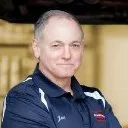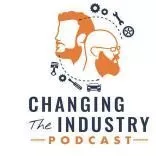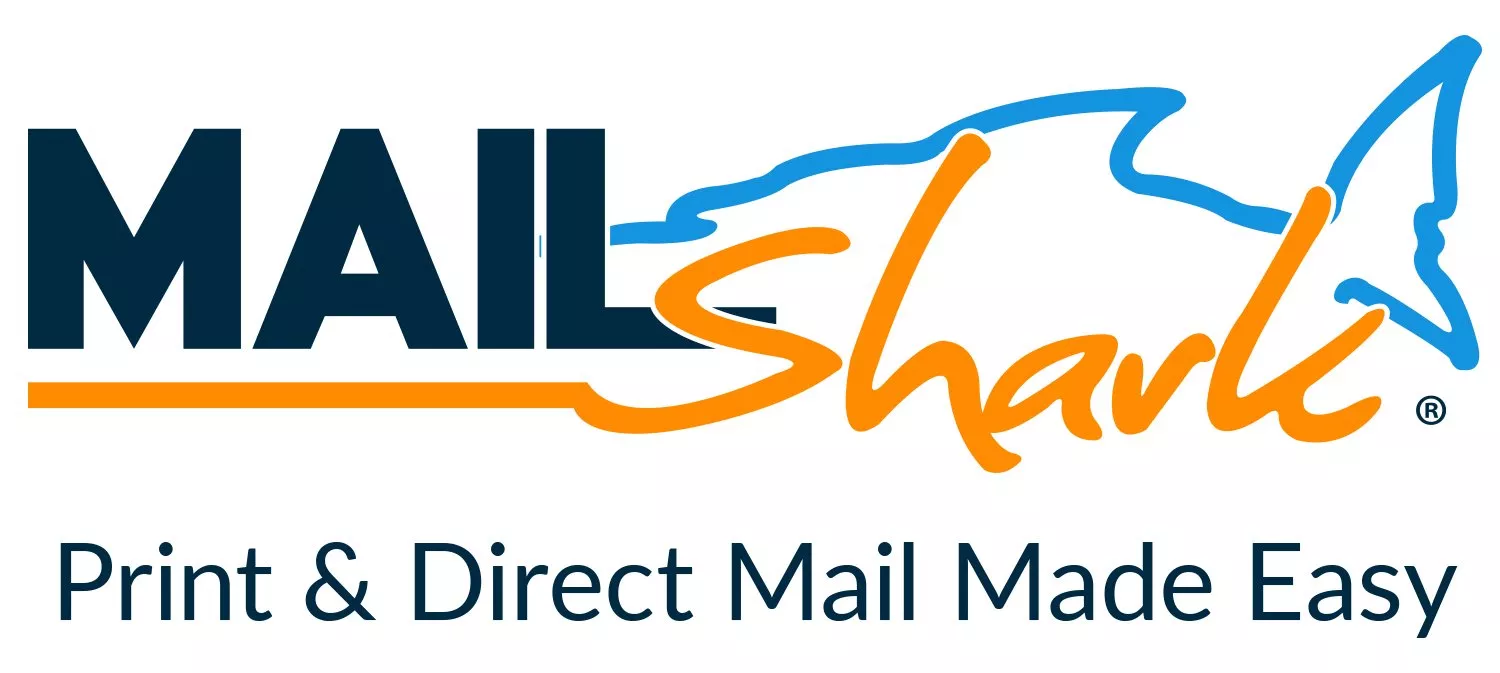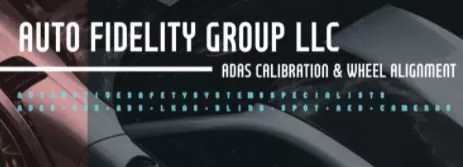By
carmcapriotto
Thanks to our Partner, NAPA Autotech Training
Key Discussion Points:
What is Reverse Benchmarking?
Traditional benchmarking focuses on studying what competitors do well, but reverse benchmarking involves analyzing what they do poorly and capitalizing on those weaknesses. Two interpretations: Looking at other industries for innovative ideas (e.g., team-building activities from tech companies). Example: Some shops now adopt spontaneous team outings (baseball games, go-karting) inspired by Silicon Valley culture. Staying within the automotive industry to identify gaps in competitors' customer experience or service offerings.
Applying Reverse Benchmarking in Auto Repair
Customer Experience: Visit competitor shops (dealerships, independents) and note flaws—uncomfortable waiting room chairs, poor TV choices, limited snack/drink options. Actionable Fixes: Upgrade seating, offer neutral TV content (e.g., Joy of Painting), provide filtered water instead of plastic bottles. Market Gaps: If competitors specialize in European cars (like Seth Thorson’s shop), consider specializing in underserved markets (e.g., Asian brands like Hyundai, Kia, Nissan). Focus on services competitors avoid (advanced diagnostics, programming, driveline work).
Technician-Level Reverse Benchmarking
In a shop with a star "R&R tech," instead of competing directly, fill gaps (e.g., diagnostics, electrical troubleshooting) to become indispensable. "See a need, fill a need"—position yourself as the go-to for overlooked but critical tasks.
Why It Works
Creates a unique value proposition—whether for customers (better experience) or employers (specialized skills). Helps shops stand out in saturated markets by addressing unmet needs.
Final Thoughts:
Reverse benchmarking isn’t new, but it’s underutilized in automotive. Whether you’re a shop owner, manager, or tech, observing competitors’ weaknesses can reveal opportunities for growth.
Contact Information
Email Matt: mattfanslowpodcast@gmail.com Diagnosing the Aftermarket A - Z YouTube Channel Subscribe & Review: Loved this episode? Leave a 5-star review on Apple Podcasts and Spotify
The Aftermarket Radio Network: https://aftermarketradionetwork.com/
Remarkable Results Radio Podcast with Carm Capriotto: Advancing the Aftermarket by Facilitating Wisdom Through Story Telling and Open Discussion. https://remarkableresults.biz/
Diagnosing the Aftermarket A to Z with Matt Fanslow: From Diagnostics to Metallica and Mental Health, Matt Fanslow is Lifting the Hood on Life. https://mattfanslow.captivate.fm/
Business by the Numbers with Hunt Demarest: Understand the Numbers of Your Business with CPA Hunt Demarest. https://huntdemarest.captivate.fm/
The Auto Repair Marketing Podcast with Kim and Brian Walker: Marketing Experts Brian & Kim Walker Work with Shop Owners to Take it to the Next Level. https://autorepairmarketing.captivate.fm/
The Weekly Blitz with Chris Cotton: Weekly Inspiration with Business Coach Chris Cotton from AutoFix - Auto Shop Coaching. https://chriscotton.captivate.fm/
Speak Up! Effective Communication with Craig O'Neill: Develop Interpersonal and Professional Communication Skills when Speaking to Audiences of Any Size. https://craigoneill.captivate.fm/
Click to go to the Podcast on Remarkable Results Radio
















Recommended Posts
Create an account or sign in to comment
You need to be a member in order to leave a comment
Create an account
Sign up for a new account in our community. It's easy!
Register a new accountSign in
Already have an account? Sign in here.
Sign In Now